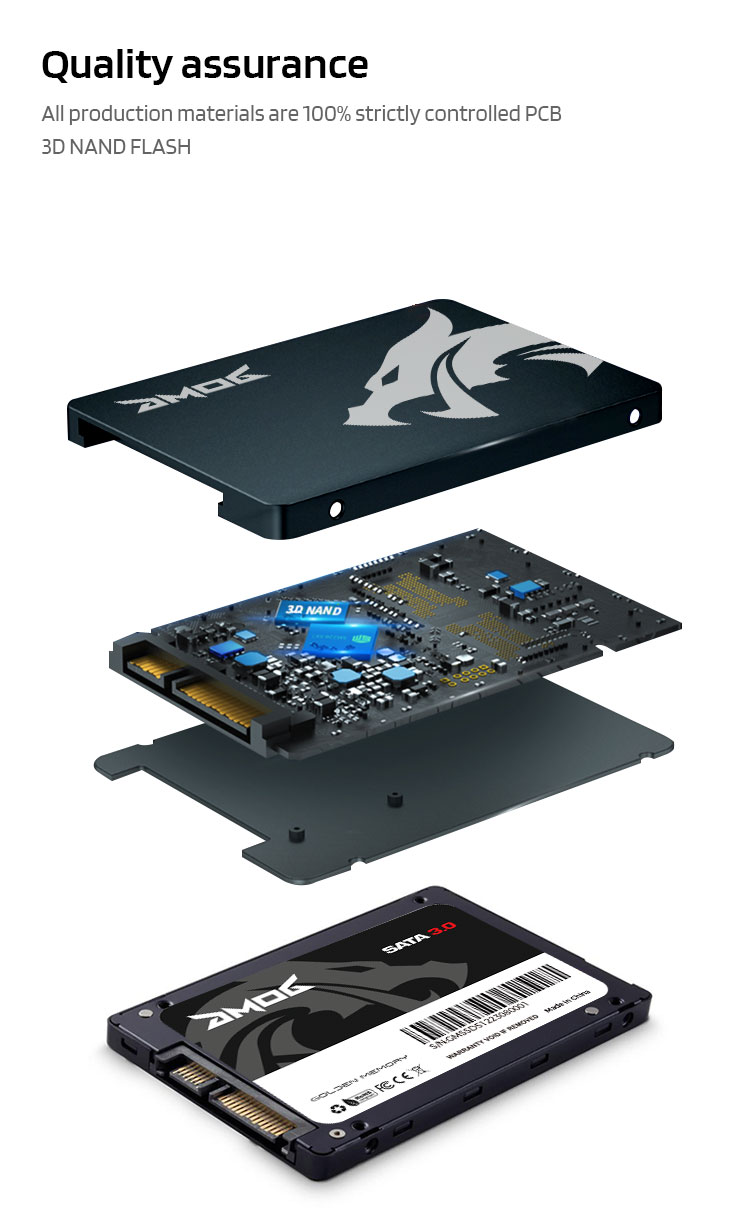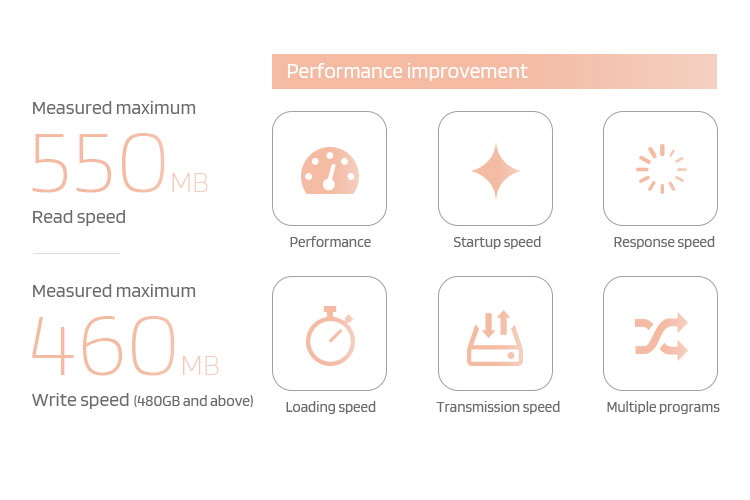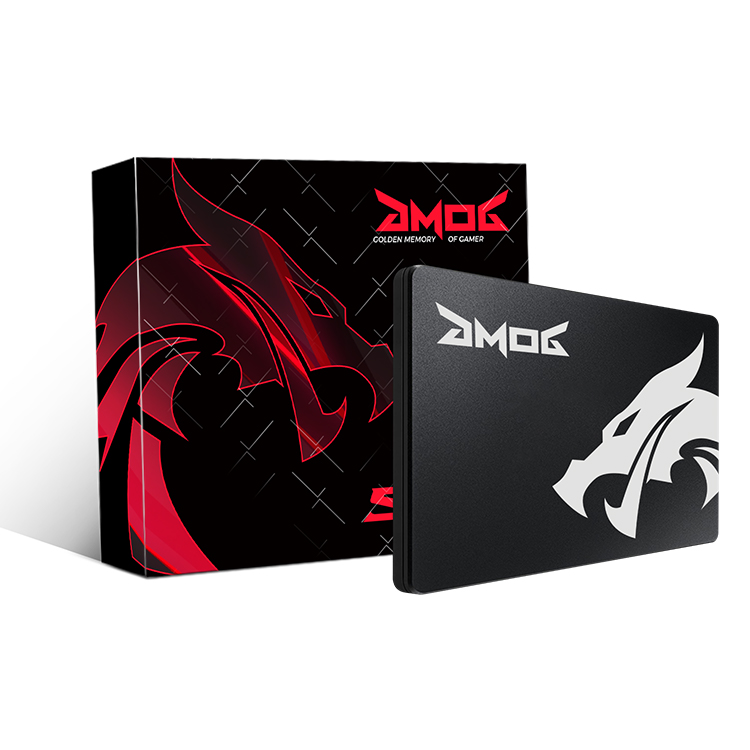1. Introduction
With the rapid development of computer technology, solid-state drives (SSDs) have gradually replaced traditional mechanical hard drives as a new type of storage device. This article will delve into the principles, advantages, and applications of SSD to help readers better understand this technology.
2.The principle of SSD
SSD is a flash based storage device that reads and writes data electronically rather than mechanically. Compared to traditional mechanical hard drives, SSDs have higher read and write speeds and lower power consumption. Its core components include flash memory chips, controllers, and interfaces. The flash memory chip is the core unit for storing data, consisting of many flash memory units, each of which can store one bit of data (0 or 1). The controller is responsible for managing the read and write operations of the flash memory chip, ensuring the accuracy and reliability of data. The interface is responsible for communicating with the computer system.

3. The advantages of SSDs
High speed read and write: Due to the use of electronic methods for data reading and writing, SSDs have higher read and write speeds. This gives SSDs significant advantages in handling large amounts of data, such as game loading, software startup, etc.
Low power consumption: Compared to traditional mechanical hard drives, SSDs have lower power consumption. This makes the battery life of mobile devices such as laptops longer, while also reducing the energy consumption of servers.
Seismic and anti drop: Due to the absence of mechanical moving parts, SSDs have better seismic and anti drop performance. This enables SSDs to work stably even in harsh environments, improving equipment reliability.
High capacity density: With the advancement of technology, the capacity density of SSDs is getting higher and higher. This means that in the same volume, SSDs can store more data, improving the utilization of storage space.

4. Application of SSD
Laptops: Due to the advantages of high-speed read and write and low power consumption, SSDs are widely used in laptops. This makes the startup speed of the laptop faster and more responsive.
Server: In the field of servers, the high speed and high capacity density of SSDs make them an ideal choice. The server needs to handle a large amount of data and requests, and the high speed and large capacity of SSDs can meet these needs.
Embedded systems: In embedded systems, SSDs become an ideal choice due to space and energy limitations. Its low power consumption and seismic resistance enable embedded systems to operate stably even in harsh environments.
Game devices: Game devices need to process a large amount of graphics and audio data, and the high speed and large capacity of SSDs can meet these needs. In addition, the low power consumption and seismic resistance of SSDs also make gaming devices more reliable and durable.

5. Conclusion
Overall, SSDs, as a new type of storage device, have advantages such as high-speed read and write, low power consumption, shock resistance, and high capacity density. These advantages have made SSDs widely used in fields such as laptops, servers, embedded systems, and gaming devices. With the continuous advancement of technology, we believe that SSDs will play a greater role in the future.